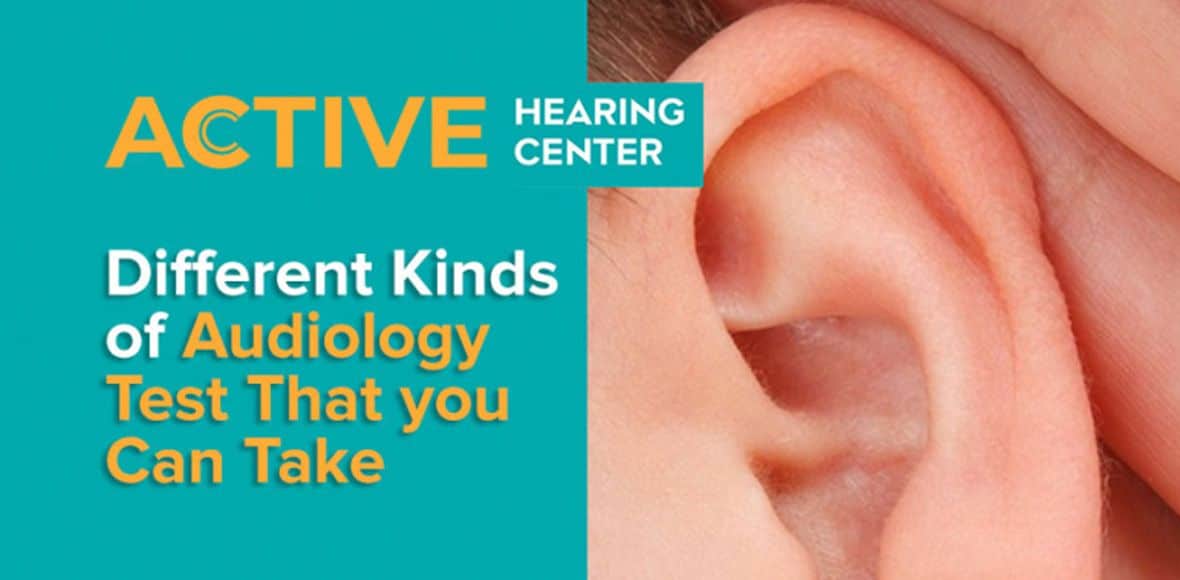A number of cases of hearing impairment can be managed with the use of hearing aids. However, these devices aren’t and shouldn’t be something that you can get over the counter without the advice of a hearing healthcare professional. As hearing loss develops uniquely in every person, so does the need for different tests and management. The result of your evaluation will help hearing care specialists assess the right kind and configuration of your device, so you can make the most out of your new-found hearing.
Let’s learn more about these different hearing tests below.
1. Pure-Tone Audiometry (PTA)
This behavioural test measures one’s hearing sensitivity. During the evaluation, the peripheral and central auditory systems can be observed. This test provides the threshold that serves as a basis for the degree, type, and configuration of the patient’s hearing loss condition. Pure-Tone Audiometry relies heavily on the patient’s response to the pure tone stimuli, that is why only individuals who are able to follow or comprehend instructions can undergo this test.
2. Conditioned Play Audiometry (CPA)
This test is similar to Pure Tone Audiometry but is designed specifically for toddlers, preschoolers, and those who are not able to follow or comprehend complex instructions. The difference between the two is that PTA uses a feedback button for adult patients to use when responding to a sound while CPA replaces this with toys or other activities and materials for response conditioning to make it less difficult, more engaging, and more reliable.
An example of a Conditioned Play Audiometry test involves the use of blocks or balls. Young patients are asked to place the items in a basket whenever they hear a tone played.
3. Speech Audiometry
Speech Audiometry is complementary to Pure Tone Audiometry. While PTA determines the threshold of tonal sounds, Speech Audiometry determines an individual’s speech sensitivity and clarity. The test uses different speech stimuli such as sentences as well as pseudowords or monosyllabic and disyllabic words. Through Speech Audiometry, hearing health professionals would be able to confirm the presence and type of hearing loss the patient has developed.
4. Otoacoustic Emission Test (OAE)
OAE focuses more on the inner ear and cochlea. The test uses a small probe that is inserted into the outer ear canal. This produces a sound that will travel through the outer and middle ear. The sound triggers the hair cells in the cochlea which then sends a response back to the probe. Using the Otoacoustic Emission Test, certified hearing healthcare professionals will be able to roughly assess the integrity of patient’s hair cells in the cochlea.
The response of these hair cells can easily be affected by noise and movement. That is why it is advised that the procedure should be done within a quiet place and while the patient is still or calm.
As soon as you spot early signs of hearing loss, don’t think twice about seeking help from a hearing health professional. The sooner the condition is detected, the better is the expected outcome. Feel free to give Active Hearing a call through (632) 280 1292.









